Vologases I of Parthia: A Reigning Monarch in a Time of Transformation
The tapestry of ancient history is woven with tales of empires and monarchs, each adding threads of power and influence that eventually fade into time's vastness. Among these illustrious figures, Vologases I of Parthia stands as a significant monarch. Reigning during the 1st century AD, Vologases I's rule encapsulated a period of considerable transformation, not only within the Parthian Empire but also in the broader geopolitical landscapes of the Near East and beyond. Yet, despite the evident turmoil and change of his era, Vologases I is often a figure overshadowed by his more prominently recognized contemporaries. This article endeavors to retrace the footprints of his reign and unravel the intricacies of his influence.
A Royal Lineage and Ascension to the Throne
Vologases I, assumed to have ascended the throne around 51 AD, was a member of the Arsacid dynasty, the ruling house of the Parthian Empire. He was the son of Vonones II, a king of Parthia whose short tenure left many questions around the stability and strength of the kingdom. The Arsacid dynasty, under which Parthia reached its zenith, was often seen as a balancing act between resisting Roman encroachment and asserting dominance over neighboring territories. Vologases inherited this blend of opportunity and challenge, a testament to the fraught path ahead as he carved out his place in history.
His rise was not without its trials; internal strife and familial conflict were hurdles he had to overcome. Given the patterns of succession commonly marred by dispute within the Arsacid lineage, his position was potentially contested by family members or aristocratic factions, revealing the deep-rooted complexities associated with kingship in Parthia. Yet Vologases I managed, through sheer determination and strategic acumen, to establish control and reinforce dynastic stability.
Political Strategies and Diplomatic Intrigues
Vologases I's approach to governance reflected his astute understanding of the necessity for both consolidation of power within and external diplomatic engagements. One of his notable strategies included reinforcing the relationship with Roman adversaries, while simultaneously asserting hegemony over contentious regions. His tenure witnessed sporadic conflicts with Rome, most notably an ongoing tug-of-war over the Kingdom of Armenia. This kingdom, strategically located between the two powerhouses, was often a focal point for territorial disputes.
Vologases I famously placed his brother, Tiridates I, as the king of Armenia, a move that strained tensions but showcased his influence. This plan of securing Armenia under Parthian influence initially provoked Roman ire, leading to military confrontations. However, through skillful negotiation and a determination to bypass prolonged warfare, Vologases's diplomacy culminated in Rome conceding to a degree of Parthian oversight in Armenia, allowing Tiridates I to remain king under Roman sanction. This delicate balance underscored Vologases's nuanced diplomatic skills and strategic foresight.
Internal Reforms and Cultural Flourishing
Internally, Vologases I's reign was marked by his dedication to cultural and administrative enhancements. His initiatives mirror a monarch deeply invested in the prosperity and intellectual expansion of his realm. A particularly insightful aspect of his rule was the support he extended to Zoroastrianism, the dominant religion in the empire. He recognized the role religion played in unifying diverse ethnic groups within his empire, and this patronage aimed at fostering social cohesion and ensuring royal authority through divine right.
Further reflecting his commitment to legacy and learning, Vologases I was instrumental in establishing the city of Vologesias near Ctesiphon, intended as a cultural and educational nucleus. This initiative illustrated his vision of leaving a mark not only as a ruler in terms of territorial extent but also as a champion of cultural advancement.
The reign of Vologases I also saw efforts to codify and organize administrative mechanisms, likely aiming for a more centralized form of governance that could streamline imperial control across a vast expanse. Establishing a responsive and cohesive administrative setup was crucial, considering the various ethnicities, cultures, and languages that his empire encompassed. His policies in administration were precursors to some of the future efficiencies that later Parthian rulers would build upon.
Conclusion
As we conclude this initial exploration into the life and reign of Vologases I of Parthia, it is unmistakable that his legacy is one of complexity. His reign came to symbolize a time where the clash of empires and cultures necessitated deft political navigation and visionary reforms. Vologases's narrative, steeped in diplomatic maneuvering and cultural patronage, remains an essential chapter in understanding how ancient monarchs navigated the intricate web of governance. As we continue our delve into his reign, more layers of his impact on Parthia and surrounding regions will be elucidated.
Military Challenges and Strategic Triumphs
While Vologases I was a ruler with a keen sense of diplomacy, his reign was undeniably defined by military challenges and consequential triumphs. The geopolitical climate of his era was dynamic and perilous, with Rome and Parthia frequently vying for supremacy over territories like Armenia and Mesopotamia. Vologases's endeavor to maneuver through these territorial wars called for strategic ingenuity in both defense and offense.
One of the most significant episodes during Vologases I's reign was his confrontation with the Roman Empire over the control of Armenia. The struggle underscored Parthia's unwillingness to relinquish its influence in the Armenian highlands, a region critical for its strategic position that served as a buffer between two great empires. Vologases's decision to install his brother, Tiridates I, on the Armenian throne was a proactive measure aimed at consolidating Parthian presence—but it inevitably provoked the Romans, leading to direct military engagement.
The Roman response, led by Emperor Nero, was swift and tactical, dispatching a formidable force under Gnaeus Domitius Corbulo. This Roman commander, renowned for his strategic prowess, made significant headway into Armenian territory, initially proving Roman martial capability. However, Vologases I showed his military acumen by adopting a strategy of attrition rather than direct confrontation, eventually enabling him to put together a peace treaty favorable to his intentions. The diplomatically orchestrated compromise recognized Tiridates not only as a ruler sanctioned by Rome but also as a representative of Parthian will, solidifying Parthian influence without a protracted conflict.
Economic Policies and Trade Expansion
Vologases I's governance was not solely marked by military engagements; he also harbored ambitions to usher an era of economic prosperity within his realm. The Parthian Empire under his reign was strategically perched along the Silk Road, the burgeoning trade route that connected the East and West, facilitating the exchange of goods, culture, and ideas. Vologases grasped the immense potential these trade routes offered and allocated resources to not only secure them but also leverage them into engines of economic growth.
The expansion and maintenance of such trade networks were accompanied by policies that favored the flow of goods while safeguarding the empire’s economic interests. The thriving trade brought diverse goods, including silk, spices, and precious stones, that enriched Parthian markets and filled the royal coffers. Vologases I invested in infrastructure that supported this economic enterprise, such as roads and caravanserais, ensuring that the Parthian kingdom remained a vital hub in these cultural and commercial exchanges.
Moreover, his policies indicated an understanding of the broader implications of economic prosperity—not just wealth accumulation but also fostering a sense of interconnectedness within the empire, bridging different ethnic groups and encouraging intercultural dialogue. His reign illustrated a keen awareness that a stable and prosperous internal economy could serve as formidable leverage in diplomatic negotiations and enhance the empire’s geopolitical standing.
Legacy and Historical Interpretation
The legacy of Vologases I remains multifaceted, reflecting both the successes and complications inherent in navigating an empire's destiny through turbulent times. The historical sources that capture his reign, often Roman or Eastern accounts with varying degrees of bias, paint the portrait of a pragmatist who understood the balance of external pressures and internal needs. This necessitated a nuanced interpretation of his actions, seeing them as responses to both opportunities and dangers presented by his geopolitical context.
Vologases I’s reign laid foundational stones for future generations of Parthian rulers, illustrating how leadership and strategic innovation could extend beyond mere territorial gains to embrace cultural patronage, economic might, and diplomacy. These components of his legacy permitted the Arsacid dynasty not only to endure but to thrive amid the crescendos and decrescendos of ancient Near Eastern politics.
As scholars consider his impact, there is a growing appreciation for how Vologases I’s strategies prefigured later diplomatic traditions. His ability to negotiate a nuanced sovereignty over Armenia, transforming potential military disaster into diplomatic strength, serves as a testament to his shrewdness. The legacy of Vologases thus rests not purely in military conquests but in the lasting stability and subtle power shifts he orchestrated through his reign.
Conclusion: Vologases I’s Enduring Influence
As we delve deeper into the narrative of Vologases I, the intricate details of his strategies, reforms, and military engagements reveal a ruler adept at navigating the complexities of empire stewardship. His reign emerged not only as a period of political and military challenges but also as a time of economic prosperity and cultural rejuvenation, adding a unique chapter to the Parthian saga.
With Vologases I's initiatives in place, the groundwork was laid for a resilient empire. This resilience was exemplified not just in holding back the Roman advances but in creating a vibrant and interconnected Parthian world. The enduring influence of Vologases I is indeed a testimony to his vision and strategic foresight, ensuring that Parthia maintained its significant role in ancient history. As we move forward, we will continue to explore how his actions shaped and defined the succeeding chapters of the Parthian narrative and beyond.
Religious Patronage and Cultural Contributions
The reign of Vologases I was also significant for its religious and cultural dimensions, which served to consolidate his authority and ensure the cohesion of his diverse empire. Vologases I's support for Zoroastrianism, the dominant religious tradition of the Parthian Empire, played a central role in his strategy to unify the various ethnic and cultural groups under Parthian sway. His patronage of Zoroastrianism wasn't merely an expression of personal faith but a calculated decision to enhance the legitimacy and divine sanction of his rule.
By supporting the establishment of religious infrastructure such as temples and by fostering the organized priesthood, Vologases I reinforced the societal structures that underpinned his authority. This support for religious institutions also served as a counterbalance to the influence of the Greek and Hellenistic cultural elements that had previously permeated the region. Vologases championed a Parthian cultural renaissance that not only elevated Zoroastrian practices but also celebrated the resurgence of local traditions and art forms.
Under Vologases I's reign, the Parthian Empire saw the flourish of artistic expression and architectural innovation. These cultural contributions are visible in the archeological remnants of cities and religious sites, where Parthian art blended local styles with influences borrowed from the various cultures represented along the Silk Road. This cultural synthesis manifested in artworks and architectural designs that highlighted Parthia's status as a melting pot of ancient civilizations.
Architectural Innovations
Among the prominent outcomes of Vologases I's cultural policies was the urban development that marked his reign. The foundation of new cities and the enhancement of existing ones provided tangible expressions of royal power and cultural patronage. The most notable of these was the establishment of Vologesias near Ctesiphon, envisioned as a vital cultural and intellectual hub. It not only served as a center for trade and commerce but also as a symbolic representation of Parthian resilience and sophistication.
Vologesias's construction reflected architectural innovations that accommodated both functionality and aesthetic appeal, serving multiple roles as commercial centers, military bases, and spaces of cultural gathering. The city underscored Vologases I's intention to create enduring monuments that celebrated Parthian identity and showcased the empire's grandeur to allies and adversaries alike. The integration of socio-economic centers within these urban landscapes laid a framework for successive rulers to build upon.
The deliberate planning and architectural feats achieved during this period demonstrated Vologases's ambition of legacy-building, one that transcended his military and political successes. His urban design also considered the facilitation of caravan movements, further entrenching Parthia’s role as a strategic node within the Silk Road network.
Furthering the Arsacid Dynasty’s Legacies
Vologases I’s reign was a critical juncture in ensuring the continuity and durability of the Arsacid Dynasty. His leadership choices—encompassing military strategy, diplomacy, support for religious and cultural institutions, and urban development—were crucial in reinforcing the internal structure and external perception of Parthian strength. Vologases's era provided a template for future generations of the Arsacid dynasty, balancing heritage with inevitable adaptation under external pressures.
The stability achieved during his reign offered a platform for his successors to further leverage and maintain Parthia's status as a formidable political player. Indeed, the Parthian Empire, with its unique position bridging East and West, required astute rulers capable of multi-faceted governance. Vologases I's adaptation to the political realities of his time allowed the Arsacid dynasty to continue guiding the Parthian course through fluctuations in fortune and regional developments.
His descendants emulated and expanded upon the structures he established, contributing to Parthia's prolonged prominence. While not all strategies would retain their efficacy in evolving circumstances, the core tenets of his reign—a focus on diplomacy, cultural patronage, and economic vitality—remained relevant throughout the empire’s history.
The Enduring Impression of Vologases I
To summarize, Vologases I of Parthia emerges from the historical shadows as a complex figure adept at balancing the multifarious demands of kingship in a tumultuous era. His reign was one characterized by significant challenges, both external and internal, and his responses left an enduring impression on the Parthian empire and its legacy.
His approach to governance—merging robust military strategies, diplomatic negotiations, economic expansion, religious patronage, and cultural flourishing—provides a comprehensive picture of an innovative ruler who sought to maintain and expand his empire's influence. The coherent integration of these strategies speaks volumes of his forward-thinking leadership and strategic insight, ensuring his place not only in Parthian annals but also within the expanse of ancient history.
As historians continue to dissect the complexities of his reign, Vologases I is increasingly seen as a seminal figure who fostered the conditions necessary for Parthia's sustained vibrancy and relevance on the ancient world stage. Such a narrative of Vologases I invites us to rethink the legacy of lesser-documented monarchs whose contributions, although understated, indelibly shaped history's course. Through his nuanced blend of politics, culture, and economics, Vologases I's legacy accentuates the multifaceted challenges and triumphs imbued within the art of ancient rulership.




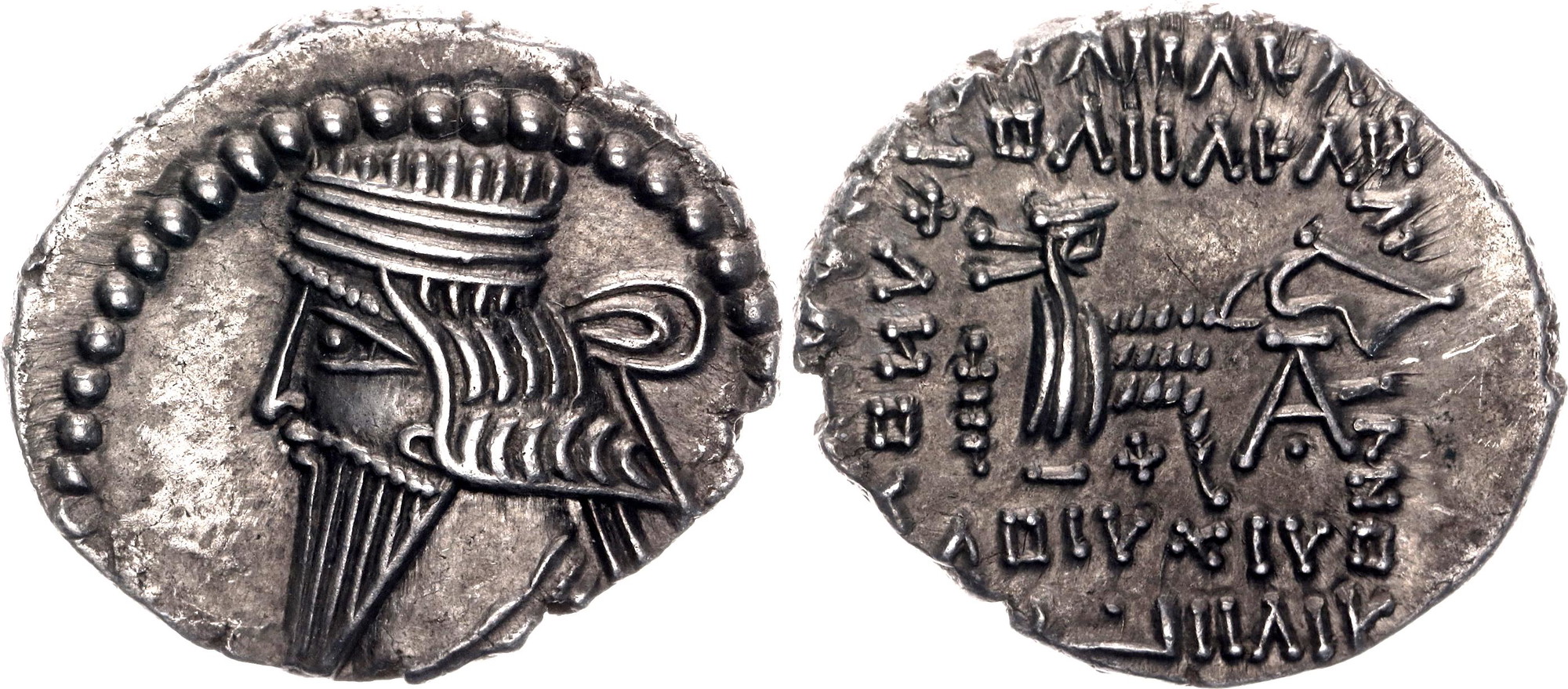




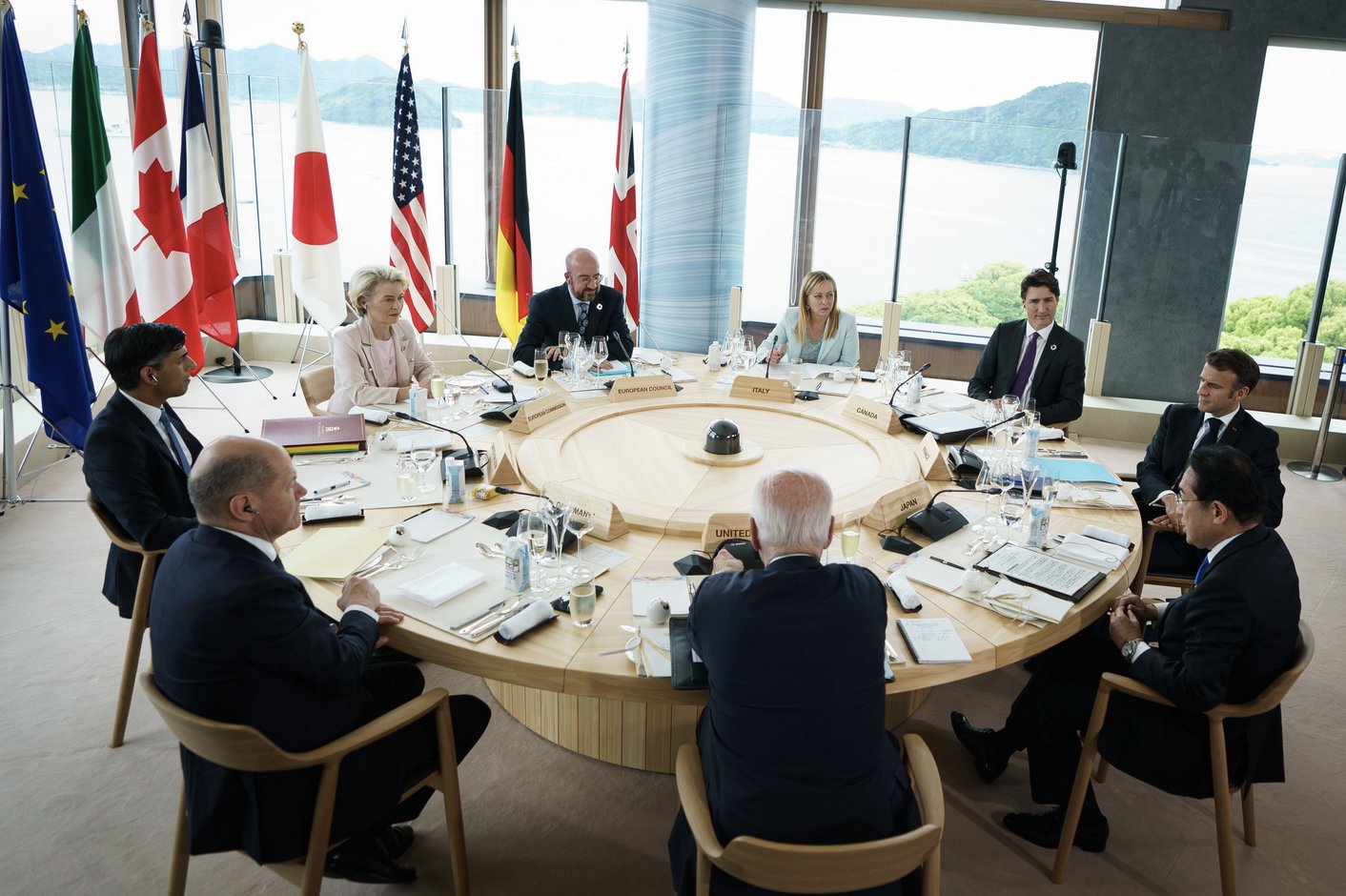

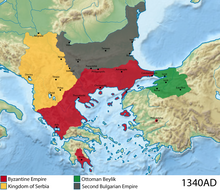


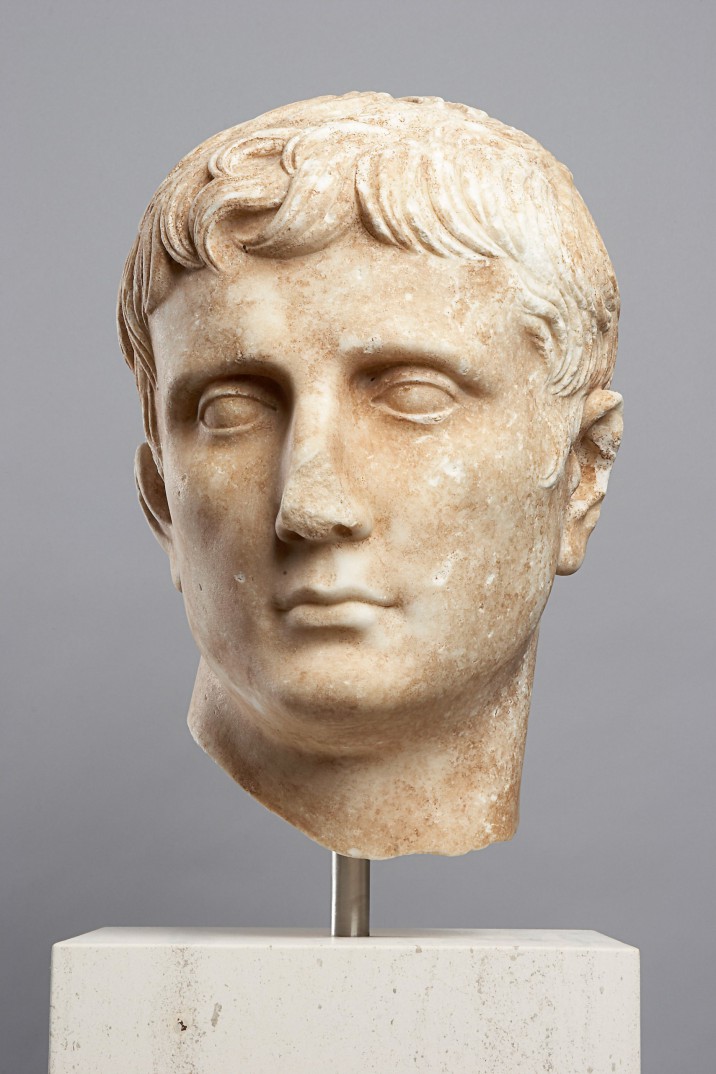



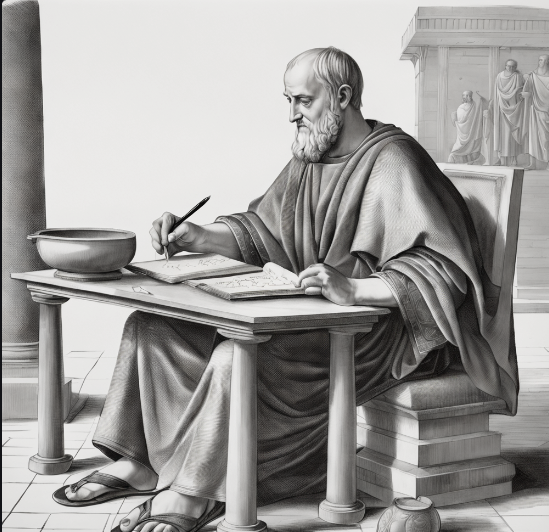




:focal(1134x648:1135x649)/https://tf-cmsv2-smithsonianmag-media.s3.amazonaws.com/filer_public/49/26/4926c5f7-b1c9-4b5c-842c-cfe6cdb13a1d/panoramica_1.jpg)


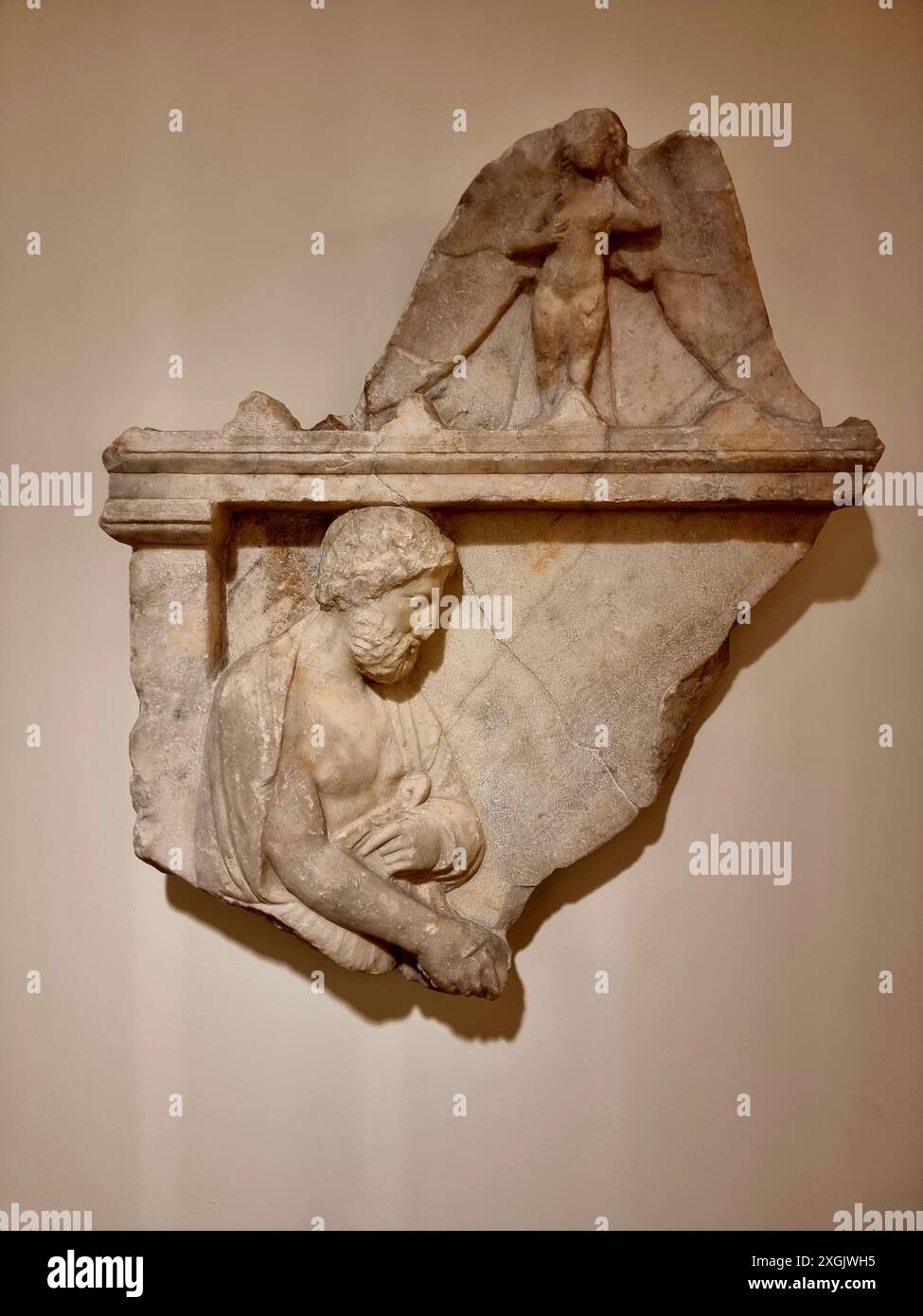
Comments